Vrikshasana Benefits: 10 Advantages To Boost Balance & Strength
Improve your body balance and overall health with the help of easy-to-master tree poses.
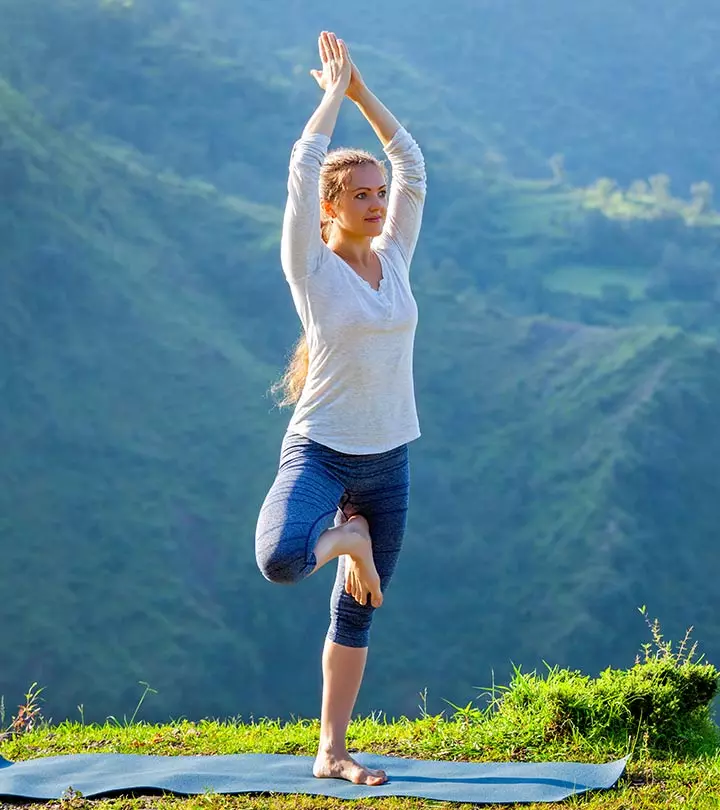
Image: Shutterstock
Vrikshasana or the tree pose is an asana. Sanskrit: वृक्षासन; Vriksha – Tree, Asana – Pose; Pronounced as – vrik-SHAHS-anna.
Here, we will be discussing the benefits of vrikshasana. This position is similar to a tree’s sturdy but beautiful stance. The name is derived from the Sanskrit words’ vriksha,’ which means tree, and ‘asana,’ which means posture. Unlike most other yoga postures, you must keep your eyes open in this one so that your body can balance itself. This asana has numerous advantages. Continue reading to know more.
 Trivia
TriviaIn This Article
Everything You Need To Know About Vrikshasana
- What You Should Know Before You Do The Vrikshasana
- How To Do Tree Pose (Vrikshasana)
- Contraindications And Precautions Of Vrikshasana
- Beginners Tips For Vrikshasana
- Advanced Pose Alterations
- Benefits Of Vrikshasana
- Science Behind Vrikshasana
- Preparatory Poses
- Follow- Up Poses
Key Takeaways
- Yoga’s tree pose strengthens the legs, hips, and spine while assisting with stability and balance.
- Concentration and focus are all improved by this asana.
- The Tree Pose may help with flexibility and stress relief, boost energy flow, and correct posture.
- Ensure to always place the sole of the lifted foot above or below the knee of the standing foot.
- It may improve the nervous system among other bodily functions.
What You Should Know Before You Do The Vrikshasana
It is best to practice tree pose yoga on an empty stomach. There must be a minimum of four to six hours between your meal and the practice. This will give your body enough time to digest the food and energize your body, making it ready for activity.
However, it might be ideal to perform the Vrikshasana in the morning. This asana involves focus and mindfulness, making it an excellent choice when practicing yoga for concentration. It is best to channel your energies in the morning when your mind is clear of the worries and stress from the happenings of the day.
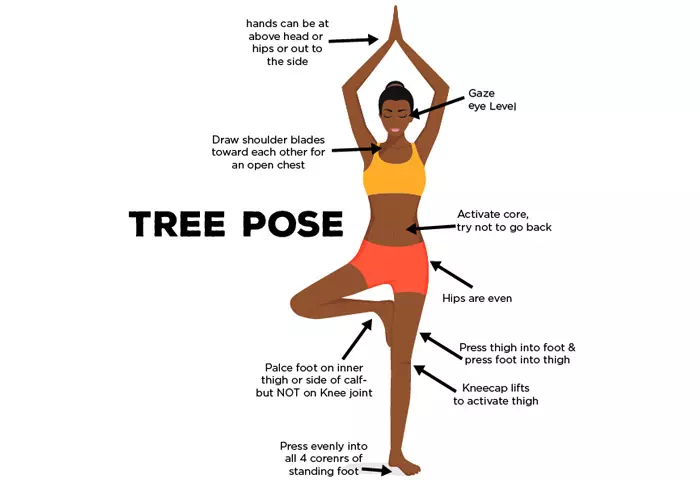
Level: Beginner
Style: Hatha Yoga
Repetitions: 1 Minute On Each Leg – Repeat 5 Times On Each Leg
Strengthens: Ankles, Thighs, Calves, Vertebral column
Stretches: Groin, Thighs, Shoulders, Thorax
How To Do Tree Pose (Vrikshasana)
- Stand absolutely erect and drop your arms to the side of your body.
- Slightly bend your right knee, and then, place the right foot high up above the left knee. Make sure that the sole is placed firm and flat on the root of the thigh.
- Your left leg needs to be absolutely erect. Once you have assumed this position, breathe, and find your balance.
- Now, inhale, and gently raise your arms over your head and bring them together in a ‘namaste’ mudra.
- Look straight at a distant object and hold your gaze. This will help you maintain balance.
- Keep your spine straight. Note that your body needs to be taut, yet elastic. Take in deep breaths, and every time you exhale, relax your body more.
- Gently bring your hands down from the sides, and release the right leg.
- Come back to the original position of standing tall and straight as you did at the beginning of the practice. Repeat this pose with the left leg.
Learn how to properly do Vrikshasana, also known as the tree pose! Improve your balance and flexibility with this easy-to-follow tutorial. Watch it and get ready to feel energized and strong!
Contraindications And Precautions Of Vrikshasana

While practicing this yoga tree pose, you must ensure that the sole of the lifted foot is placed preferably above or, in some cases, below the standing knee, but never beside it. Placing the foot beside the knee puts pressure on the knee as it does not flex parallel to the frontal plane.
Those who suffer from high blood pressure should not raise their arms above the head for a long period of time. They can be held at the chest in the ‘anjali’ mudra.
It is best that you avoid practicing this pose if you suffer from insomnia or migraine.
 Quick Tip
Quick TipLike all other yoga asanas, the Vrikshasana comes with its own set of disadvantages. Check them out below.
Disadvantages Of Vrikshasana
- Loss of Balance: One of the most common risks of performing Vrikshasana is loss of balance as the pose requires you to stand on one leg. This, in turn, may lead to falls or injuries. Avoid this by practicing the pose with the help of a chair first.
- Joint Pain: When you stand on one leg for the pose, it may put a lot of stress on your knee and ankle joints, especially if done incorrectly. Ensure you put your foot above or below the knee joint to avoid this risk. Also, avoid arching your lower back.
If you are a beginner, scroll down to the next section for some useful tips for this asana.
Beginners Tips For Vrikshasana (Tree Pose)
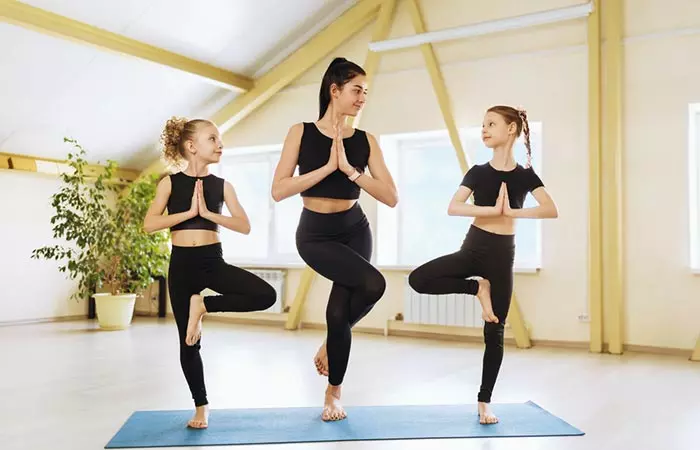
In the beginning, you might find it difficult to bring the left foot above the right knee. In such cases, you can place your foot below the knee. But, as mentioned earlier, never place the foot on your knee. Also, initially, it might be hard to stay steady and keep your balance. You could practice this asana by holding the wall for balance.
To enhance and aid concentration, take several deep breaths before the practice and also fix your gaze on an object right in front of you.
Advanced Pose Alterations
To enhance your stability, you could stretch out your arms on your sides and place them on a wall beside you for maximum support.
Benefits Of Vrikshasana (Tree Pose)

There are various ways in which vrikshasana benefits your health. Take a look at the good it can do to your body, if practiced regularly.
- It gives strength to the spine and improves balance which improves spinal health.
- It improves and aids neuro-muscular coordination.
- It tones the leg muscles while making the ligaments and tendons of the feet stronger.
- The knees become stronger, and the hip joints are loosened.
- The eyes, inner ears, and shoulders are also strengthened in this pose.
- It relieves those suffering from sciatica and reduces flat feet.
- It makes you stable, flexible, and patient as it builds endurance power. It enhances concentration and activates all the mental faculties and brings mental clarity.
- This pose helps to deepen the thorax.
- It helps you gain core strength.
- It also increases blood circulation.
Science Behind Vrikshasana
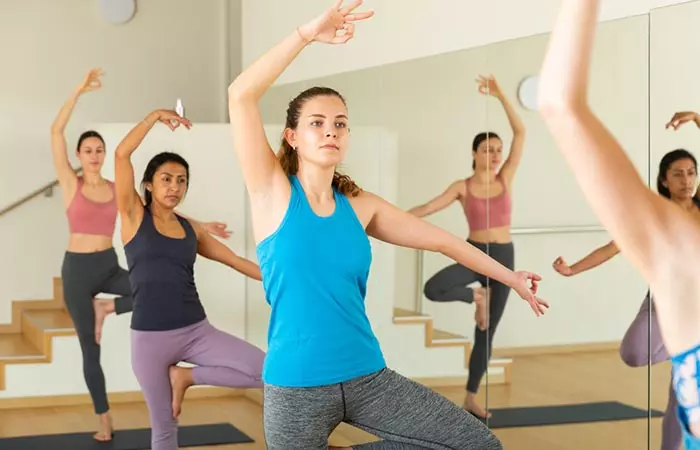
This asana is mainly a balancing posture, and its main benefits lie in improving balance and enhancing the nervous system. When you try to balance, you are forced to focus your mind, and as you focus, you will realize you are balancing and practicing mindfulness. When the mind wanders, so does the body. Stress and tension forbid you from balancing. It is an effective way to achieve inner peace.
In her exploration of one-legged poses, a blogger delves into Vrikshasana and notes: “With these kinds of asanas, there are certain days when it is more readily available. I feel steady and there is a lightness while being firm but on others, especially PMS time, it is a struggle (i).”
While stabilizing your mind and body through stretching, this asana also strengthens your joints and bones and expands the hips and chest. It loosens the shoulders and tones the arms as well. It helps to keep your physical fitness in check as well.
Preparatory Poses
- Trikonasana
- Virabhadrasana II
- Baddha Koṇāsana
Follow-Up Poses
Standing Poses
Now that you know how to do the Vrikshasana, it’s also important to learn about the common mistakes you should avoid making. These errors could lead to injury or affect your posture. Keep reading to know more!
Common Mistakes To Avoid
- Avoid placing your foot directly on your knee joint, as it can put unnecessary stress on the knee. Instead, place your foot either on your inner thigh or calf.
- Keep your spine straight and don’t lean forward or backward. Keep your shoulders relaxed and your gaze focused ahead on a fixed point.
- Take your time and move slowly and mindfully. Avoid forcing your body into the pose.
- Remember to breathe deeply and evenly throughout the pose. This will help you stay grounded and balanced.
Infographic: Top 6 Benefits Of Vrikshasana
The tree pose, also known as Vrikshasana, improves your stability, flexibility, and patience. This is like the strong but lovely attitude of a tree. In contrast to most other yoga poses, this one requires you to maintain your eyes open so that your body can balance itself. In the below infographic, we have highlighted the most important benefits of Vrikshasana. Check it out for more details.

Illustration: StyleCraze Design Team
Vrikshasana resembles the strong posture of a tree. Unlike most other yoga poses, this asana is primarily a balancing pose, which requires you to keep your eyes open for your body to balance itself and focuses on relaxation. This asana should be done on an empty stomach. Between your lunch and the practice, you must wait four to six hours. Vrikshasana benefits your balance and improves the function of the nervous system and brings body awareness. It promotes concentration, improves neuromuscular coordination, and activates all mental faculties. Practicing this asana can lead to self-improvement and overall well-being by promoting self-confidence, self-discipline, patience, determination, self-control, and other positive traits.
Frequently Asked Questions
Does Vrikshasana increase height?
Anecdotal evidence claims that Vrikshasana may activate the pituitary gland, which produces the growth hormone. However, there is no empirical evidence to support this.
How long should I hold the tree pose?
For better results, you should hold the tree pose for about 10-20 seconds.
Is the tree pose difficult?
No. The tree pose is one of the easiest asanas. But without adequate focus, you may face challenges while doing it.
Illustration: How To Do The Vrikshasana And What Are Its Benefits
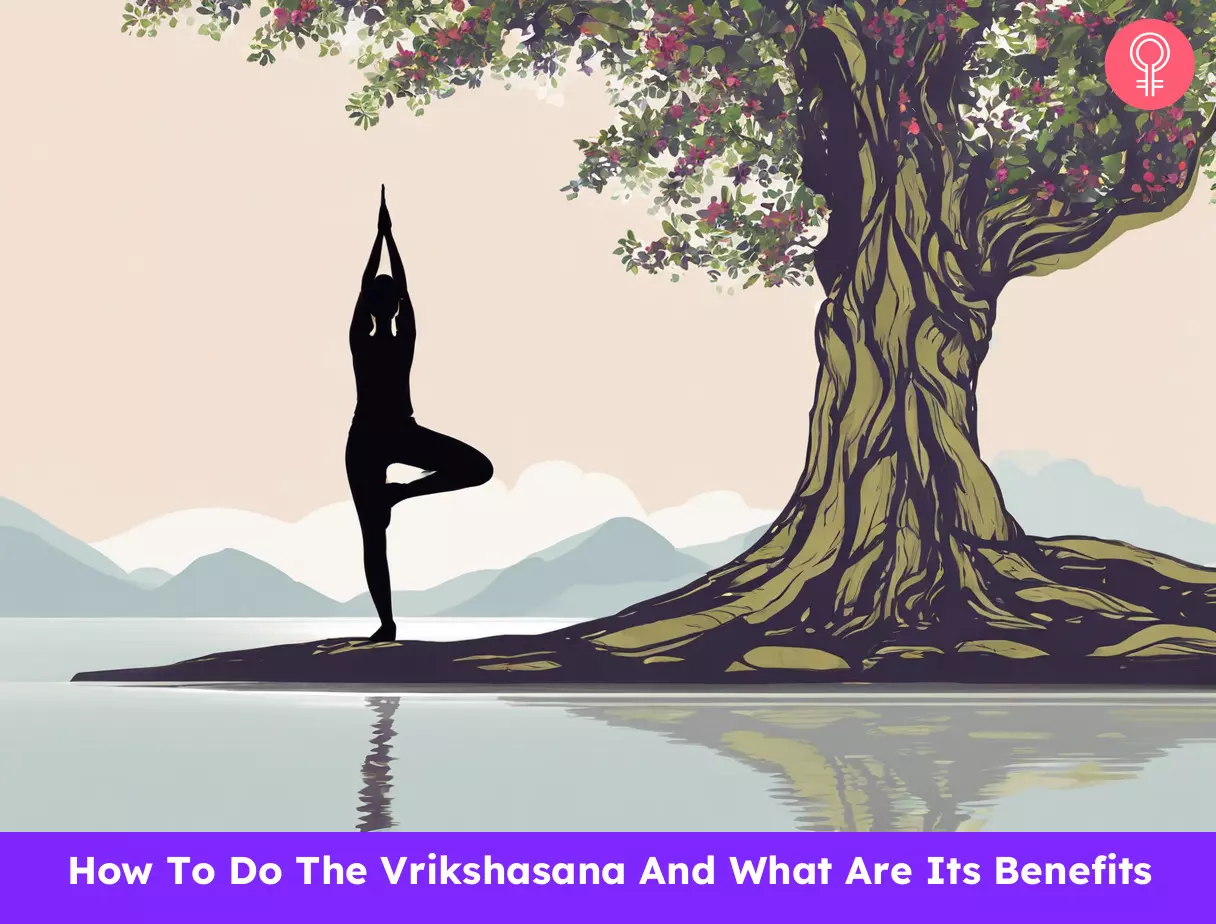
Image: Stable Diffusion/StyleCraze Design Team
Personal Experience: Source
StyleCraze's articles are interwoven with authentic personal narratives that provide depth and resonance to our content. Below are the sources of the personal accounts referenced in this article.
i. Holiday Practice- Flamingo Inspiredhttps://anonymoussadhaka.wordpress.com/2025/05/14/holiday-practice-flamingo-inspired/
Read full bio of Rakesh Rathod
Read full bio of Shirin Mehdi
Read full bio of Ravi Teja Tadimalla
Read full bio of Himanshi Mahajan







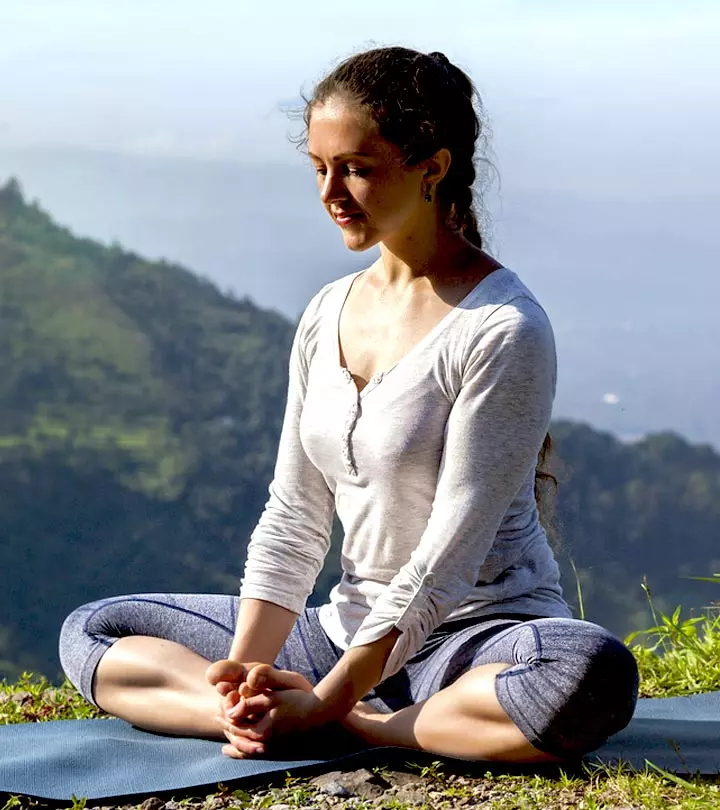

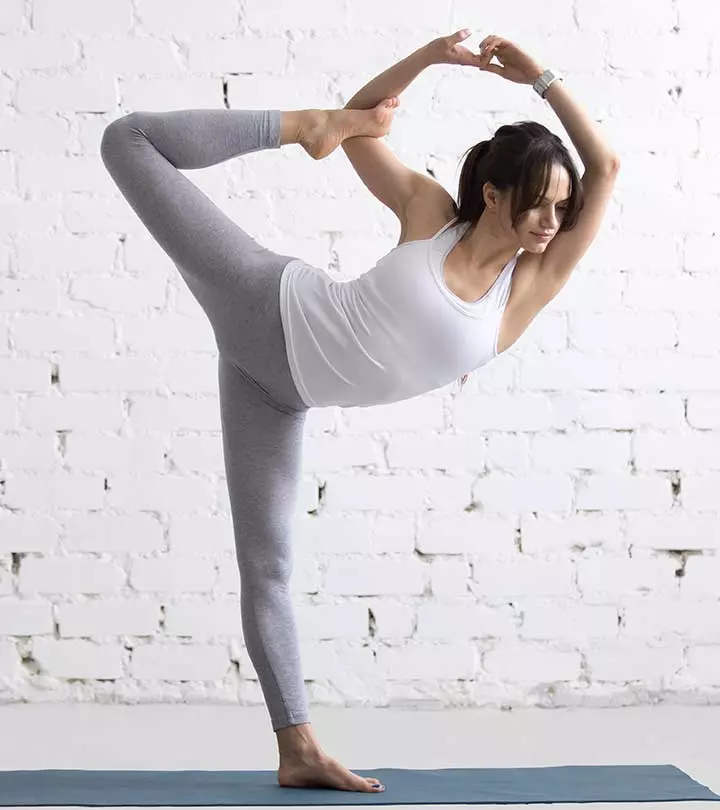

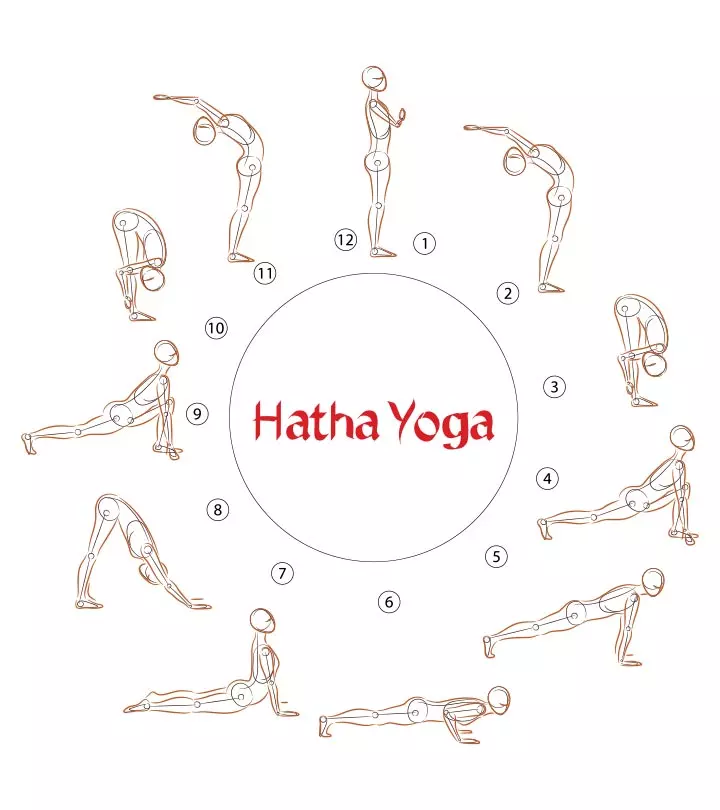

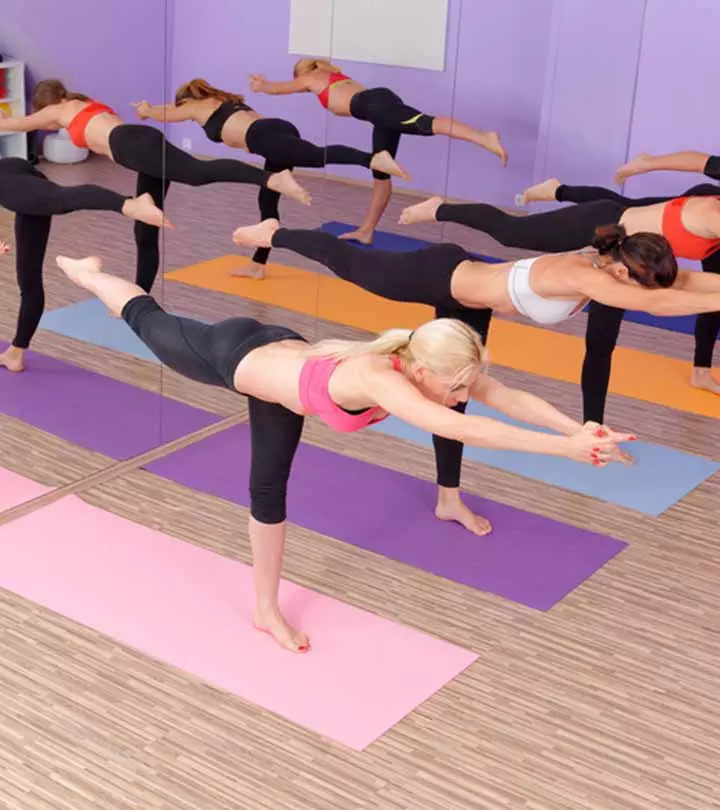
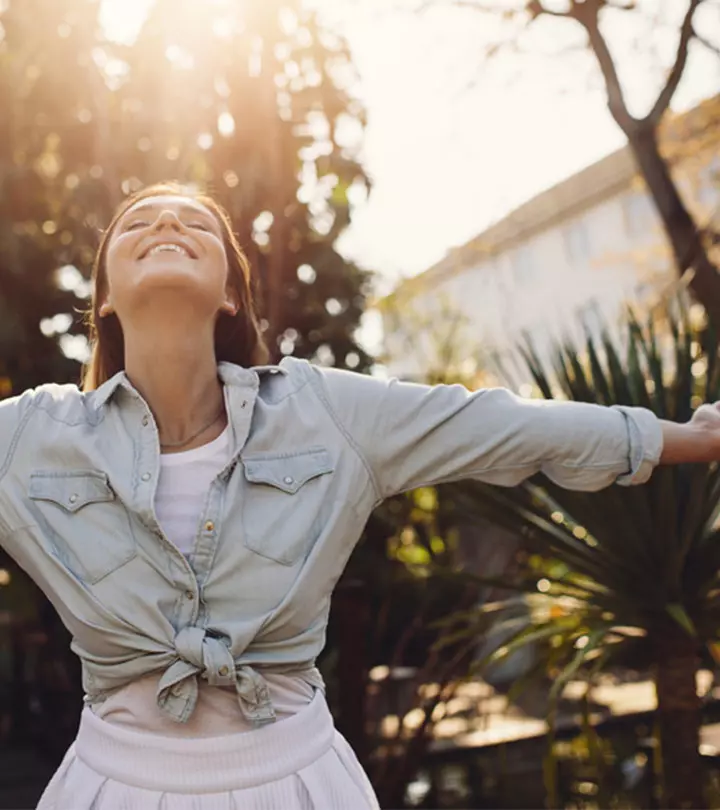
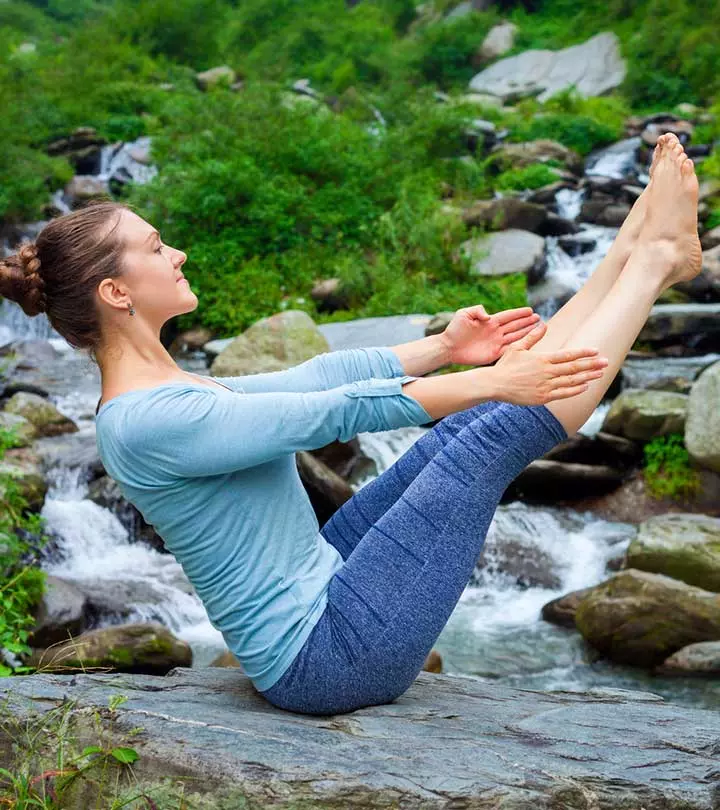



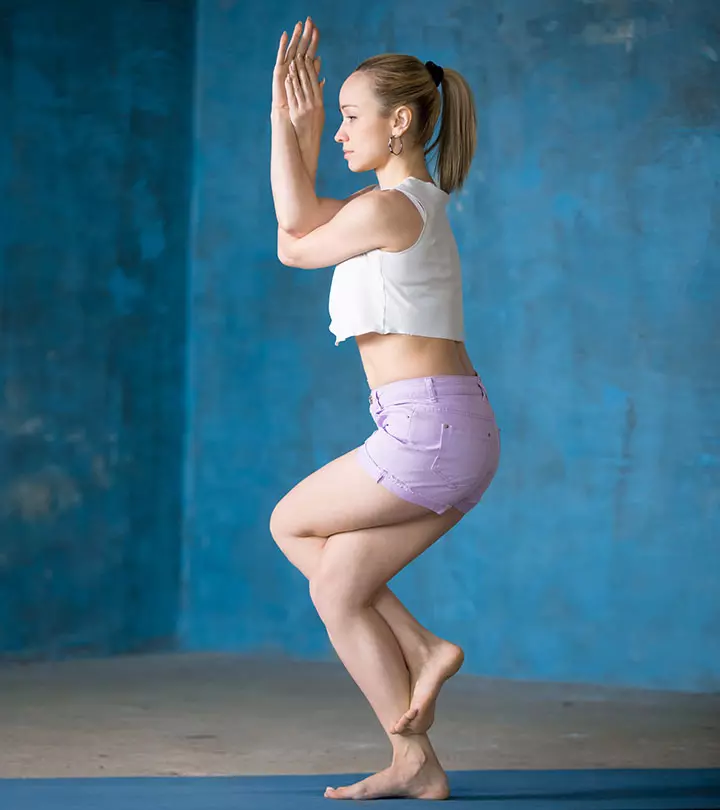
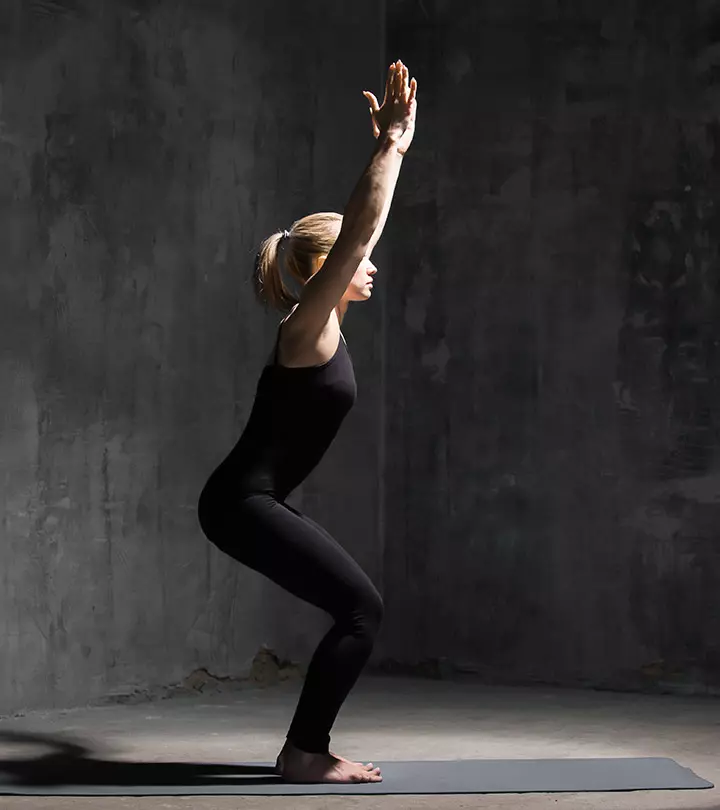
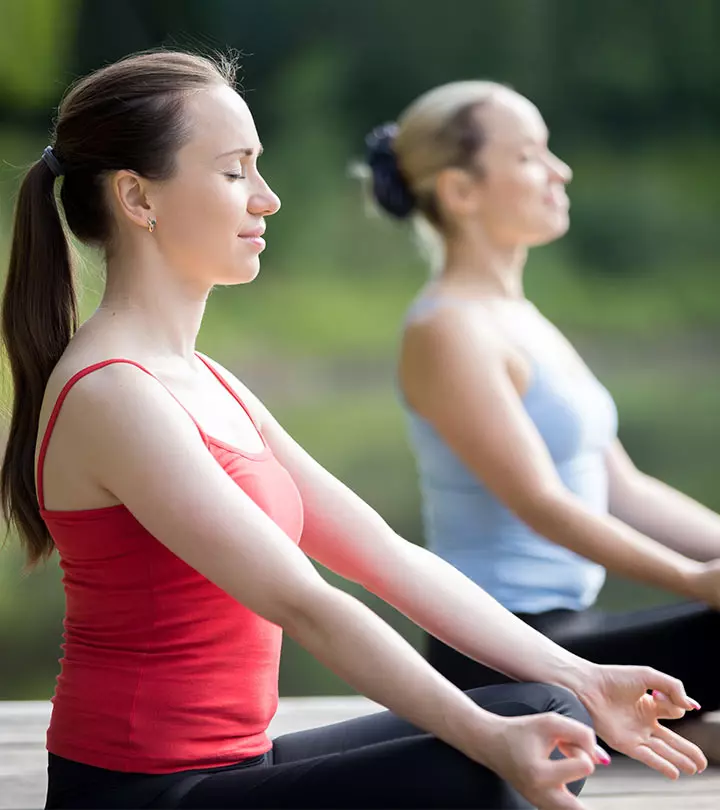

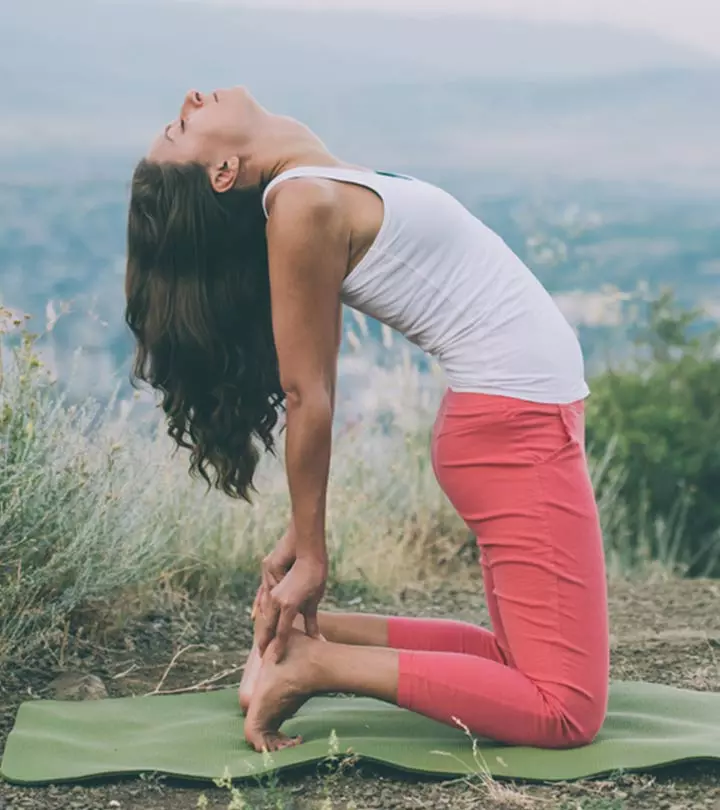
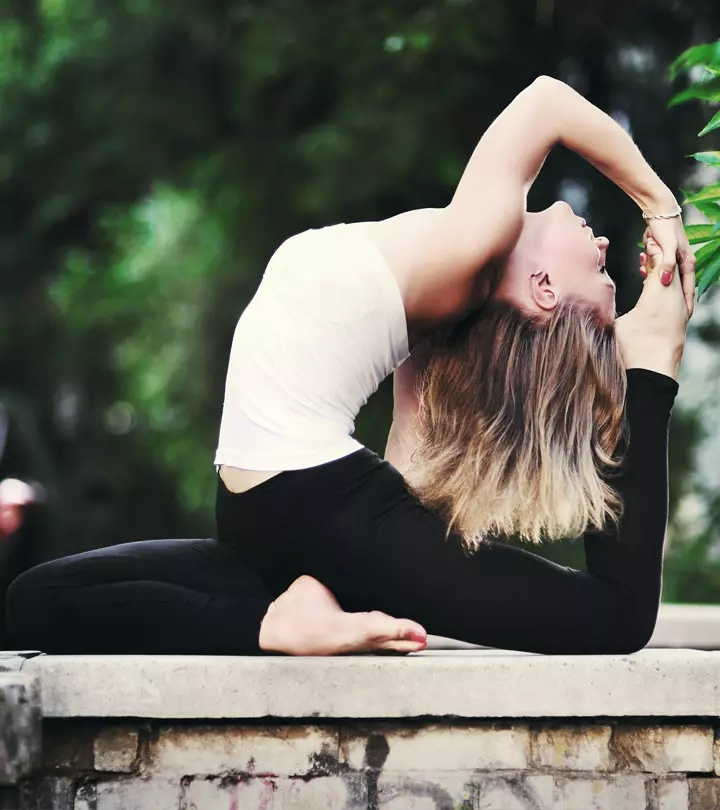
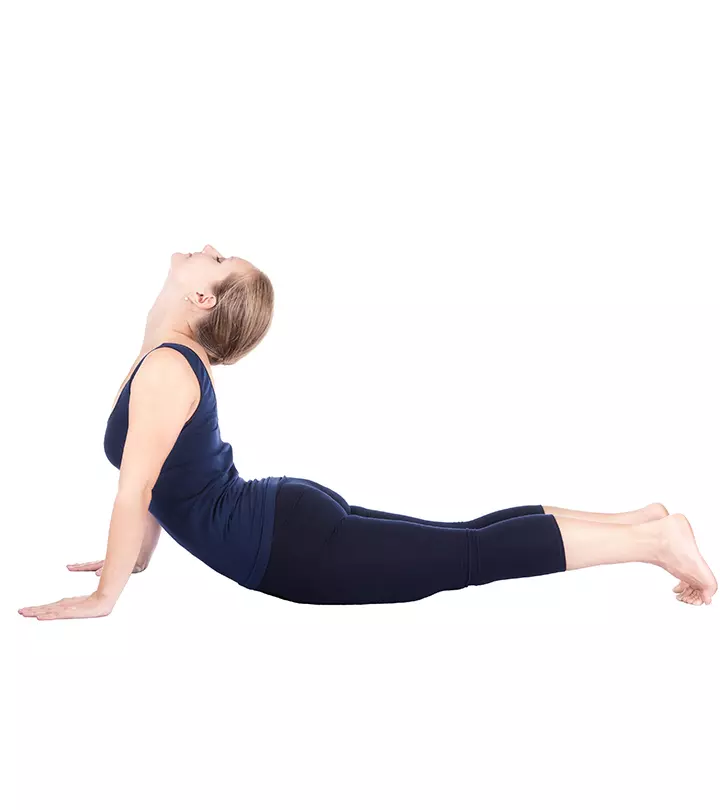
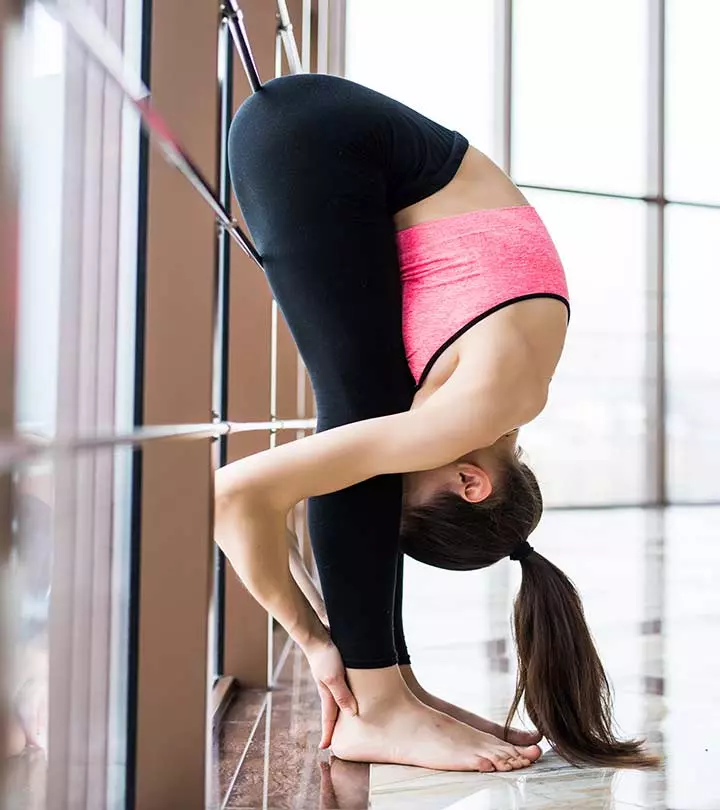

Community Experiences
Join the conversation and become a part of our empowering community! Share your stories, experiences, and insights to connect with other beauty, lifestyle, and health enthusiasts.